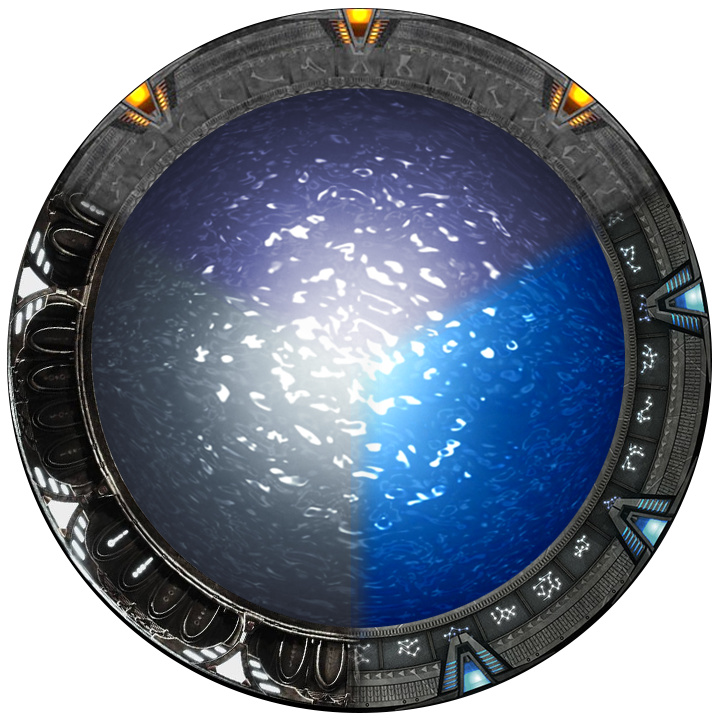- cross-posted to:
- 196@lemmy.blahaj.zone
- cross-posted to:
- 196@lemmy.blahaj.zone
Website: https://www.lightroastcomics.com/
I disagree, the difference in deceleration from hitting concrete vs being caught could make a difference.
Largely true, but it’s crazy what the difference of just a few feet of slowing down does (rather than zero feet of abrupt stopping) to acceleration forces. The crumple zone on a car only has to be 3 feet long to turn a 60mph crash from a fatality to a horrific injury.
Crumple Zone is the superhero we really need here. With thick arms and soft bones he can rush to the scene and turn sudden death into mere horrific imjuries.
Gotta love the movies where someone is falling only to be caught by a superhero who has accelerated to ludicrous speeds to catch the fallen and intercepts their trajectory at 90° just before hitting the ground. So the victims goes from 150mph down to some crazy speed at a 90° vector to their original path after being slammed into by superhero.
They’re so dead.
But the superhero Suspension of Disbelief Field extends to secondary characters in the story.
Transformer movies were awful with this. Human falling hundreds of feet to the pavement. But wait! They’ll hit a giant steel hand instead! Much better. Soft.
I guess technically this could work if the robot lowers the hand at the same speed they were falling and then decelerates gently, but I bet that’s not what happens in these movies.
Isn’t this the story of the original Gwen Stacy? Spiderman tries to save her, but does exactly this and the force on her body kills her anyway.
It’s been a long, long time since I have read the comics but iirc, it was a defining point in the spiderman canon.
It wasn’t originally. It was essentially the scene from the first Spider Man movie where Goblin makes Spidey swoop in to save her, but she was already dead.
They retconned it later to make it so Spidey killed her, which is a better story.
It’s the other way around, actually.
In The Amazing Spider-Man #125 (Oct. 1973), Marvel Comics editor Roy Thomas wrote in the letters column that “it saddens us to have to say that the whiplash effect she underwent when Spidey’s webbing stopped her so suddenly was, in fact, what killed her. In short, it was impossible for Peter to save her. He couldn’t have swung down in time; the action he did take resulted in her death; if he had done nothing, she still would certainly have perished. There was no way out.” Source
The comic (#121) is ambiguous though. There is really no way for the reader to know whether she was dead before her neck was snapped, Green Goblin certainly seems to think so (but he is hardly a reliable source). But snapping her neck certainly would have killed her anyway.
I didn’t think it was ambiguous at all. The word “snap” is printed at her neck when it happens.
If you read my comment, I said it’s ambiguous if she was already dead when her neck was snapped, not that her neck was in fact snapped.
I’m disagreeing. The ambiguity was retconned later because Marvel didn’t want to commit to Spider-Man “causing” her death.
In the original comic, she is alive and looks like she’s in a state of shock according to Peter. Goblin even threatens to kill her, further confirming she is alive. She gets pushed over the edge of the bridge, and he neck is snapped when the web stops her fall. The clear intent in the story telling is that she is alive until the snap. You even quote Roy Thomas stating as such in print a few episodes later.
OK, now I understand what you’re getting at and I don’t disagree actually. I also think that the original intent was that she died of a broken neck but the ambiguity is there, whether by design or accident, which makes other theories and later retconning possible. I personally suspect they made it a bit ambiguous to give themselves a bit of a back door in case the public would react too harshly to Spidey accidentally kiling his girlfriend. One has to remember how unexpected and grim this was at the time, it was a huge risk to take for the writers (Stan Lee even said later that he was tricked into OKing it while he was packing for a trip…not sure I believe that though).
It would have been easy to make her perhaps say something or make a sound when she’s lying on the edge of the bridge, or make Peter feel her pulse to confirm she was alive before the fall. As the scene unfolds now, and the way she is drawn when lying on the edge (she looks dead), I feel its unlikely that wasn’t intentional. But this is ultimately a matter of interpretation.
You’re not wrong but there is one thing: hitting the ground is an instantaneous impact with a hard surface. Being swooped in some direction is a relatively slower process - the swooper is softer than concrete, and the change in velocity is spread over a longer period of time (even if it’s still “instantaneous” to the casual observer, it can be an “instant” 100 times longer than ground impact).
It’s like landing on a mattress vs a hard floor - from a high enough height both are deadly, but I’d still pick the mattress.
I also assumed the swooper still decelerates you a little even if not by much. If you’re falling at 50m/s as you are trying to slow your fall by taking a skydiver pose, and a superhero caches you midair, you could decelerate over half a second and stop moving within 12 meters while still only experiencing 10g.
12m is pretty tall but not insane in a superhero style piece of fiction where people may be dropped out the sky or from tall buildings. If you want to increase that g-force to the maximum survivable limit of near 100g (in theory), you’d only need to go from terminal velocity to 0m/s in 1.5 meters. Being reasonable, being caught 5 meters above the ground would be enough for most people to survive without major reprocussions, and is always better than hitting the ground.
You ever ran into someone before?
Flesh is still a lot softer than concrete
Unless it’s Superman.
Yeah, he’s a man of steel
With balls of steel
This begs the question for me - at terminal falling speed, what’s the fastest you can decelerate to 0 and not sustain injury? And given that, how much more distance would you need to move?
Maybe a superhero can catch you, decelerate you to 0 over 3 inches and that’s good enough?
Human terminal velocity is roughly 56 m/s. Let’s say our superhero wants to decelerate the person at 10G, which should be survivable for a short period. That would be 0.6 seconds of deceleration over 48 m. That’s a short time but quite a long distance, let’s slow down faster:
20G -> 0.28 seconds, 24 m.
30G -> 0.19 seconds, 16 m.
50G -> 0.11 seconds, 9.6 m.
100G -> 0.057 seconds, 4.79 m.
200G -> 0.029 seconds, 2.45 m.
5000G -> 0.0011 seconds, 3.6 inches.
A 40 mph car crash in a modern car into a solid wall gives around 15G.
F1 driver David Purley survived a 180G crash in 1977.
In short, I don’t recommend catching someone with 3 inches to spare.
Something is wrong with your distance formula by a factor of 4 (you should have D=1/2 * V_0^2 / a) . Not that it changes anything in your conclusions.
Moments before

What’s the name of this comic and/or the artist. I recognize it from the fortune teller “I see you alone in an apartment with a lot of X… Jesus that’s a lot of X” meme.
The same forces but concentrated onto our heroes arms. Very efficient way to slice
our hero’s* arms
Penny: Yes, I know men can’t fly.
Sheldon: No, no let’s assume that they can. Lois Lane is falling, accelerating at an initial rate of 32ft per second, per second. Superman swoops down to save her by reaching out two arms of steel. Ms. Lane, who is now traveling at approximately 120 miles per hour, hits them, and is immediately sliced into three equal pieces.
Leonard: Unless Superman matches her speed and decelerates.
Sheldon: In what space, sir, in what space? She’s two feet above the ground. Frankly, if he really loved her, he’d let her hit the pavement. It would be a more merciful death.
Superman should just fly completely under Lois, grab her and instantly match her speed, and crash through the concrete and the layers below (protecting her with his Super Bod), decelerating slowly enough that Lois is saved without harm.
Yeah, she still dies. He would have to actively dig that concrete away, in quite a high speed.
Superman just needs to push the earth away from Lois, duh
The sheer amount of cardio in panel 2











